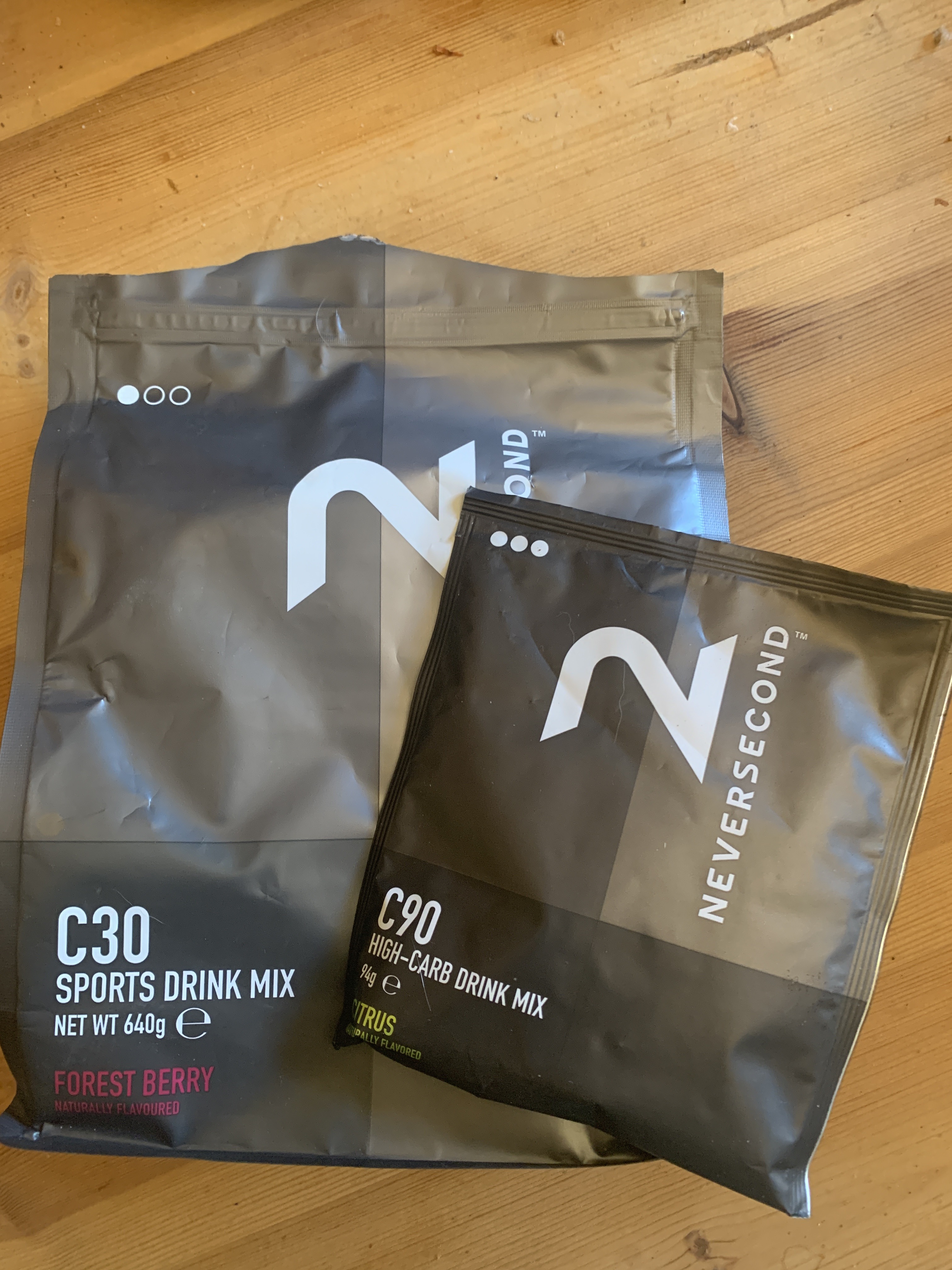What should I drink during an ultra endurance cycling event?

Knowing how much you should drink is one important aspect of staying hydrated, but what you drink can also make a big difference to how much of the liquid you consume is absorbed into your system.
Electrolytes and Carbohydrates
Your body uses electrolytes to carry the fluid into the cells where it’s needed. The main electrolyte lost in sweat when we exercise is sodium, but Magnesium and Potassium as also important for the body and in particular muscle function.
Including both some carbohydrate and electrolytes to your drink will increase the absorption rate of any liquid you take on. While most off-the-shelf isotonic drinks contain a good ratio of carbohydrates to electrolytes it's not always practical to carry these around with you on a multi-day cycling event, although you can choose to do so.
Other ways of getting electrolytes and carbohydrates in are:
- Adding salt to your food at cafe stops if you take them
- Eating fruit at a stop (e.g. buy an apple/banana and eat it as you leave the store)
- Adding table salt (a small amount) and sugar into your water bottle at a cafe stop
- Adding fresh fruit juice, like apple juice or pineapple juice to your water bottles (although be sure to rinse thoroughly afterwards to avoid risking illness)
Are you a Salty Sweater?
It’s worth noting that not everyone has the same sweat composition, some people sweat out more sodium (salt) than others. For people who’s sweat is particularly salty, drinking electrolytes is even more important. There are tests you can take to analyse the composition of your sweat, but in simple terms if you notice salt lines in your clothing and on your skin after exercise you are probably a salty sweater!
Hyponatremia
Hyponatremia is a condition that occurs when your blood’s serum and sodium levels become over-diluted. This can happen if you drink too much plain water over a short period of time, and women in the luteal phase of their menstrual cycle can be particularly vulnerable. Unfortunately, the symptoms of hyponatremia (confusion, nausea, headache, fatigue, muscle weakness) are similar to those of dehydration so it can be easy to confuse the two. If the blood sodium levels continue to drop the condition can be potentially fatal. Drinking little and often and using electrolytes in your fluids during your event will reduce the risk of this condition.
Subscribe to our blog
Please share with your friends
Other articles you might like
May 30, 2024

Comments